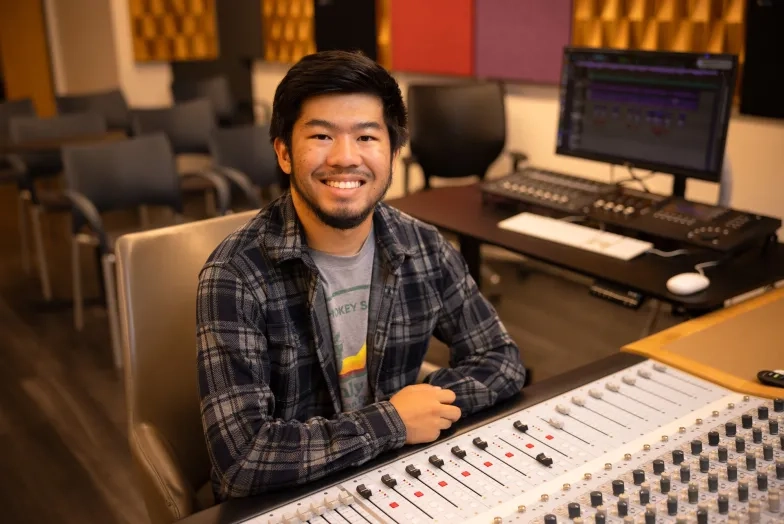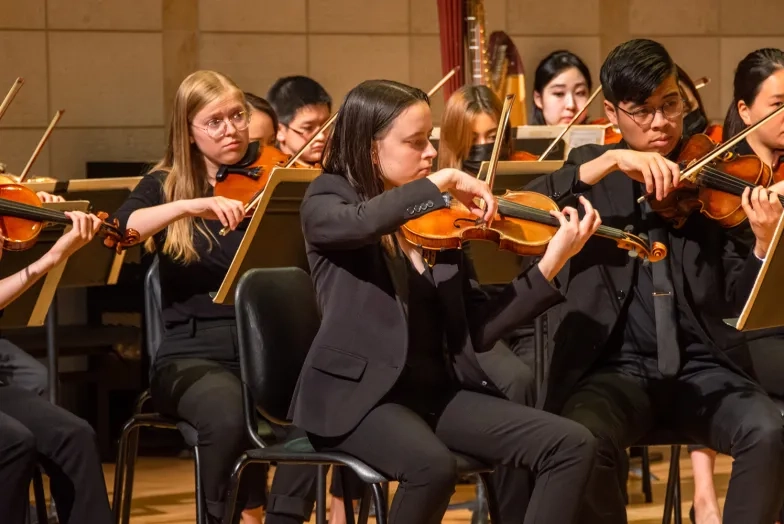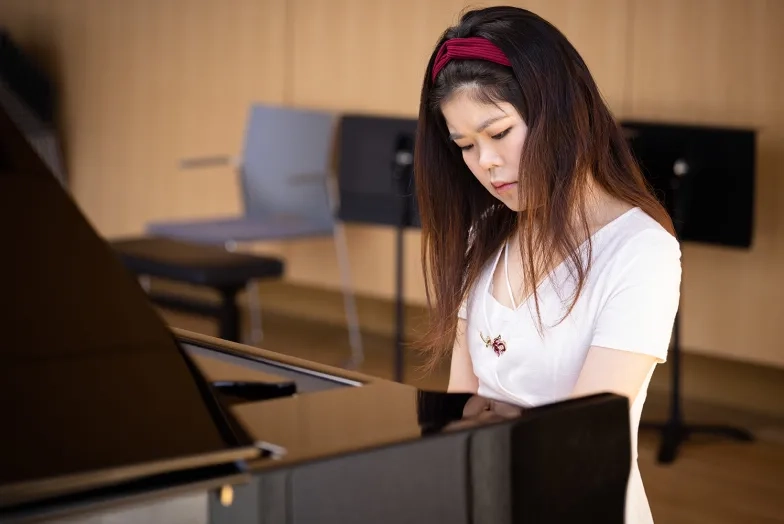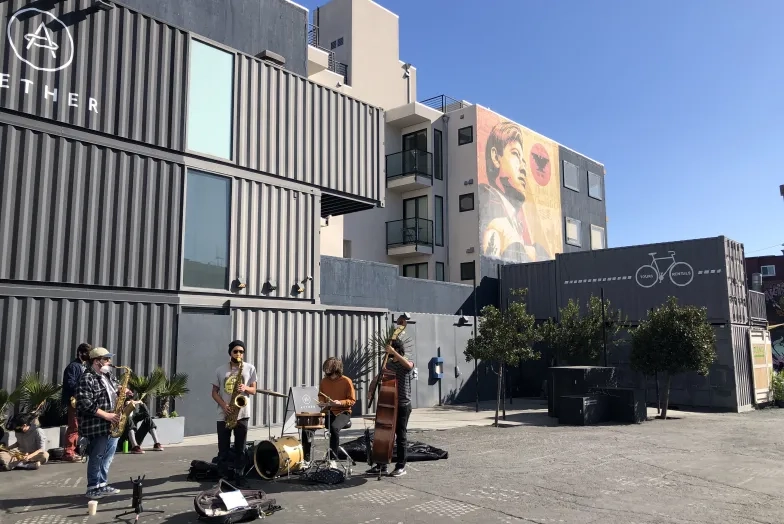Balancing Life as a Student in Lockdown
Staying on top of things while you're eating, exercising, living, sleeping, working, within the same four walls.
This week marks one year since San Francisco went into lockdown. One year… I can hardly believe it, yet at the same time I can hardly believe it has only been a year. I find myself looking back—remembering when the world shifted so quickly and we didn’t know what this new chapter meant, or how to navigate it. Each year comes with lessons, failures, and successes, but 2020 was more than we could have ever imagined. We all learned how to stop and adjust. We learned what routines worked and which didn’t, what we needed to do to prioritize wellness, and what meant the most.
One of the most challenging things I’ve discovered about lockdown is balancing so many elements of life in one space. I certainly don’t know everything and am beyond perfect, but throughout the course of the year I’ve found different solutions to help me navigate spending so much time at home. So, in hopes of helping you navigate so much life in such a small space, I thought I’d take a moment to share a few tips.
Create Zones
I didn’t realize how helpful it was to have class in a classroom, work in an office, study time in the library, and practice sessions in my teacher’s studio until I had to do all of it in the same space. I felt immense stress going to bed because I felt like I couldn’t let go of my day, as though I should’ve been doing a hundred other things instead of getting rest. I found that by creating different zones in my room helped me be both productive during the day and allowed me to relax in the evening.
For example: My dining room table is for work and meal times, my bedroom table is for class, the side of my room in the Bowes Center overlooking Davies Symphony Hall is used for practice, and the other portion has my bed which I use to read and rest. Isolating different activities to different parts of my room has made my brain click in and out of activities faster. I’ve also found it helpful to put my school/work tools in my closet at the end of each day. Sometimes seeing textbooks, my computer, and sheet music out in the open makes me feel like I should be working again. The saying “out of sight, out of mind,” speaks loudly to this point.
Refine your Routine
Associating time of day with certain activities also helps balance so much life in such a small space. Schedule your time so you can feel a bit of structure and purpose. This could be a vague structure or a detailed schedule, but this can help give you some work/life separation, as well. My schedule changes day to day, but to give you an example, here’s what my general daily breakdown looks like.
7-9am: Warm up for the day! I try to take at least an hour at the beginning of the day to get ready, drink some coffee, read emails, and set myself up for a productive day.
9am-5pm: I take the Dolly 9-5 approach, so during these hours I’m doing all things school, practice, scheduled work, and homework. This makes it so that I’m doing less during the evenings and am able to self care and get good rest.
5-9pm: I usually eat dinner, practice, do all of my homework that was assigned earlier in the day (this makes it so that I’m never behind on an assignment), and prep for the next day during these hours.
9-10pm: This is the time of day that I tend to put on my favorite Neo-Soul playlist or Eva Cassidy album, write, finish other work, and clean up my apartment. I find it helpful to gradually warm up and and cool down each day, so these activities help me do the latter.
10pm-12am: Around this time I’m probably in my pajamas, laughing hysterically at memes with my roommate, which is one of the best ways to end the day.
12-7am: Time for bed! Sleep is very important, especially for musicians, so I try to get at least 7 hours of sleep each night.
Establish Rituals
I’ve found that creating and maintaining weekly rituals really keep me going. Online fatigue can be real! Time spent on Zoom and responding to emails can become all consuming; diversifying the way you connect with people can help combat this. Over the summer, my friends and I had baking days and game nights over FaceTime. Now, I tend to revolve my rituals around small in-person outside activities like exploring a different part of the city once each week with my best friend. We walk to a new cafe, get coffee and breakfast, sit in a nearby park, and chat for hours; it’s the best! This weekend, we are going to walk north from Civic Center to North Beach and enjoy oat cappuccinos while watching our friends in RJAM play a gig in Washington Square Park.
That said, your weekly rituals could also be moving outside at a certain frequency, taking in virtual events you used to attend in-person (yoga, church, support groups, clubs, etc.), or visiting a park with a good book and cup of something warm. Again, the key for me here was diversifying the amount of time spent on any given online platform and sticking to my weekly rituals.
All in all, this year taught me so much. I hope that sharing these lessons of creating zones, refining your routine, and establishing rituals are helpful in navigating this unique life chapter. That said, even though it’s been a year, we still have to stop and adjust, learn what works and what doesn’t, what we need, and what means the most. It’s important to remember that sometimes all you can do is what you can do, and that may change day to day or week to week. It’s important to know your limits, to ask yourself what you need, and to give yourself grace. It’s been quite a year, and I am so proud of you all stopping, learning, adjusting, growing, and adapting again and again—your resilience inspires me.
To learn more about SFCM, visit our Newsroom.










